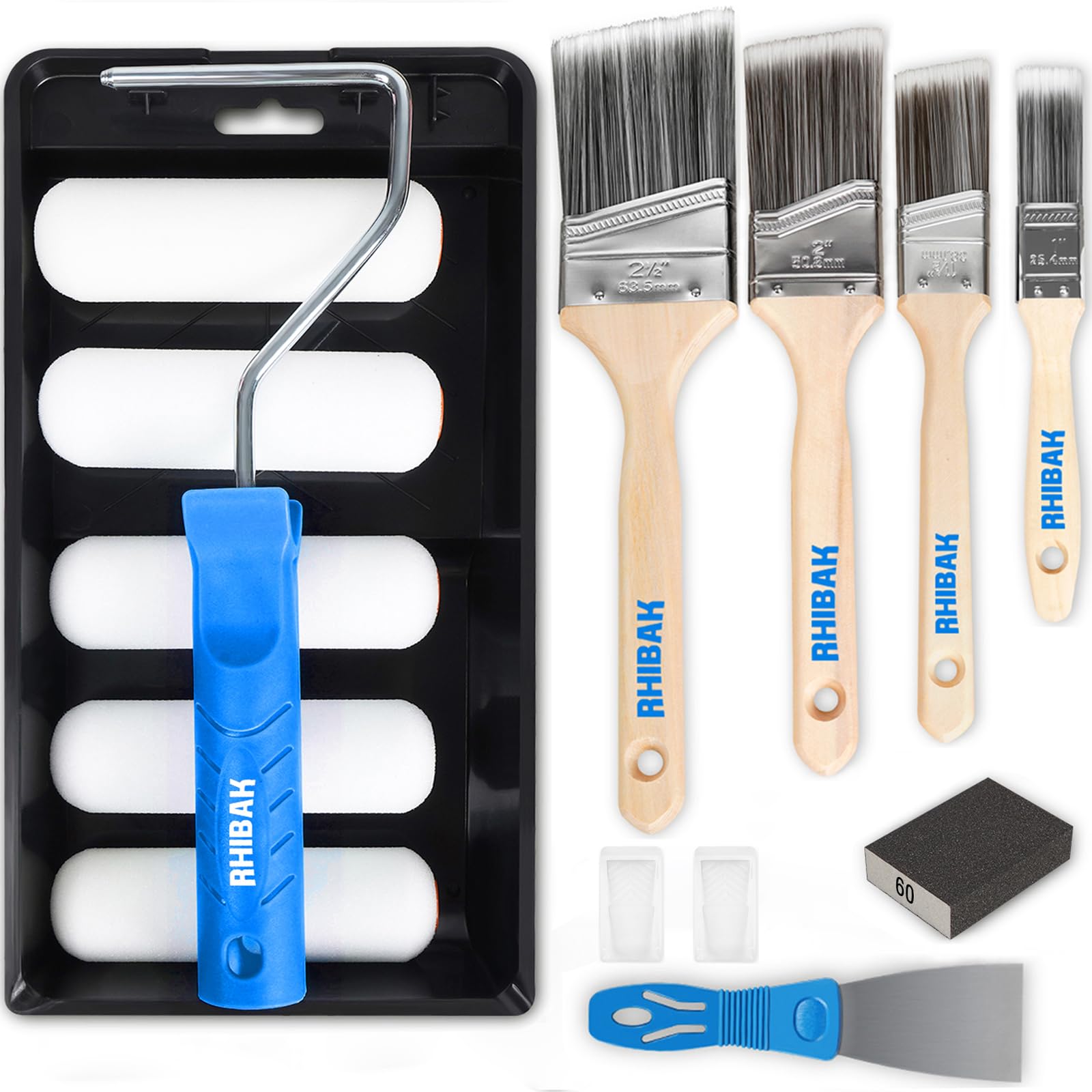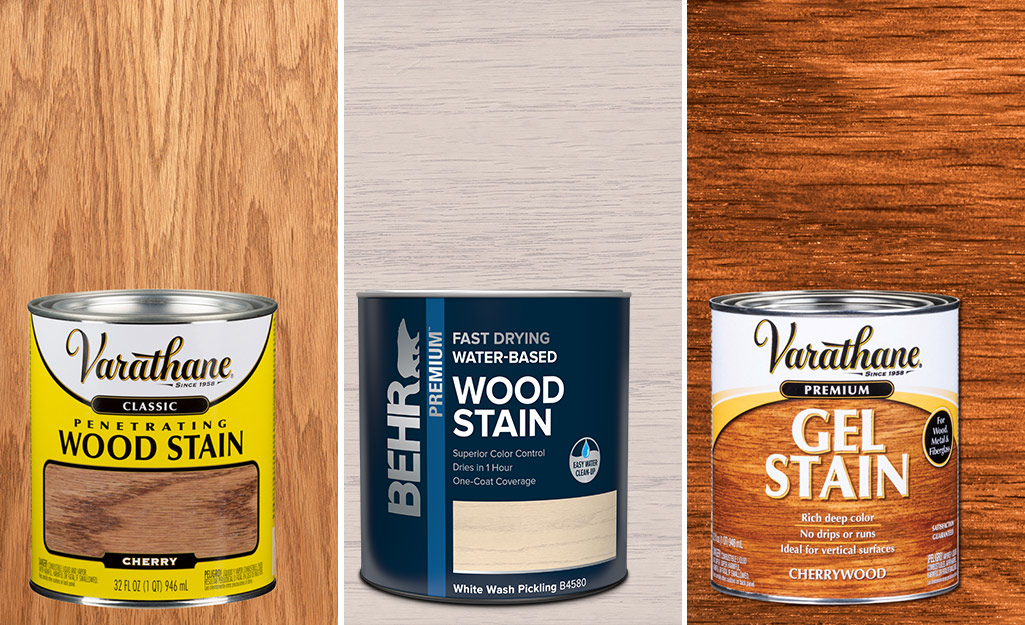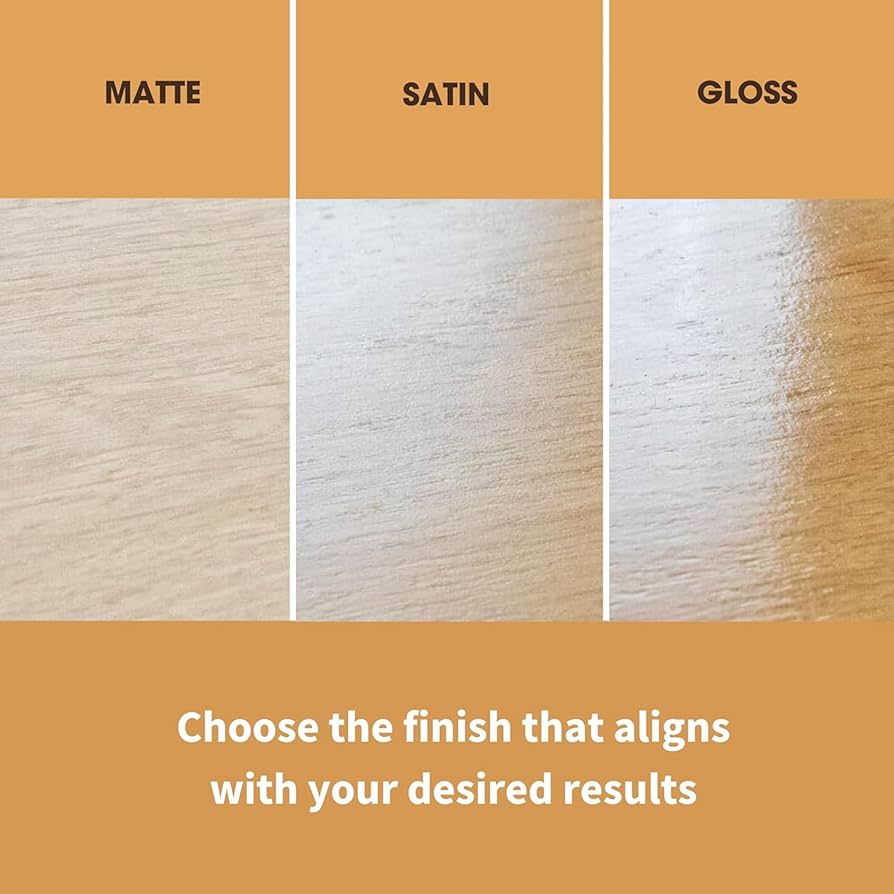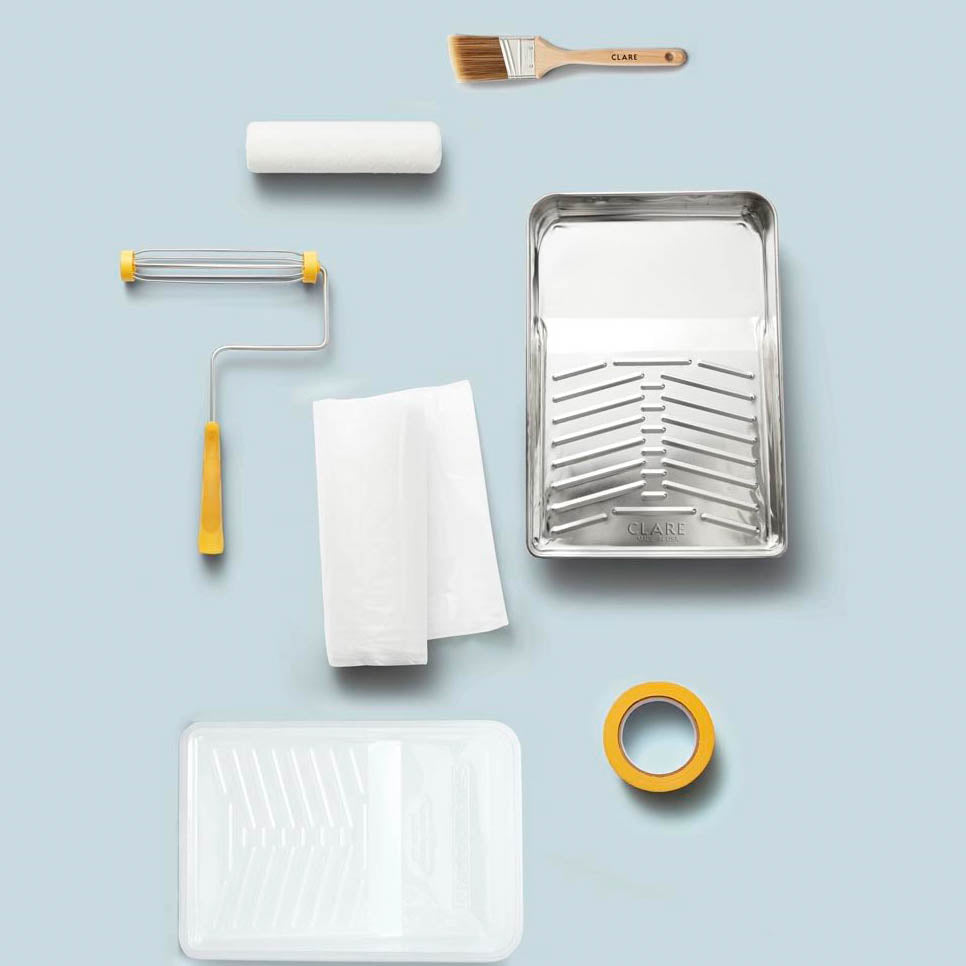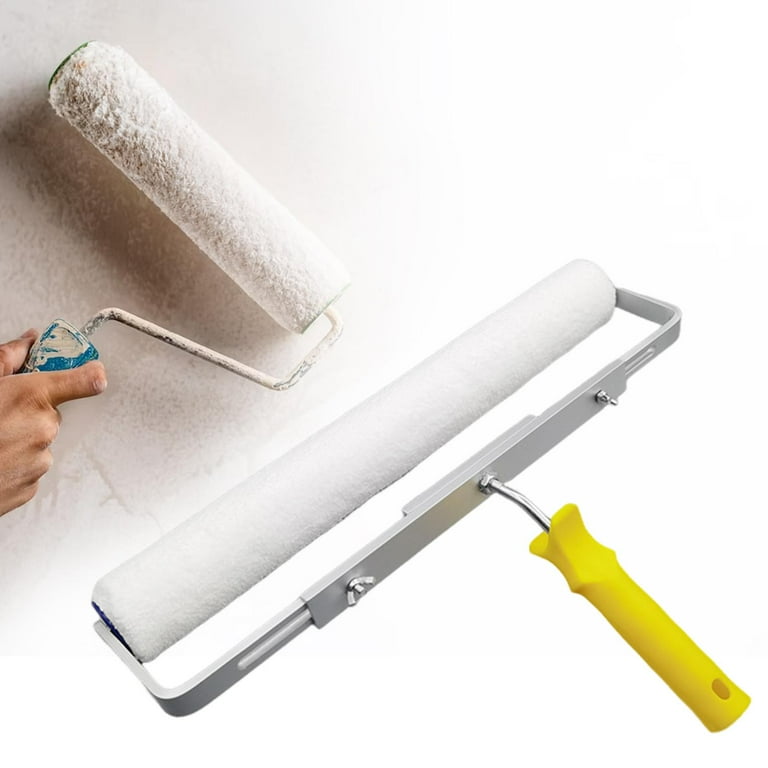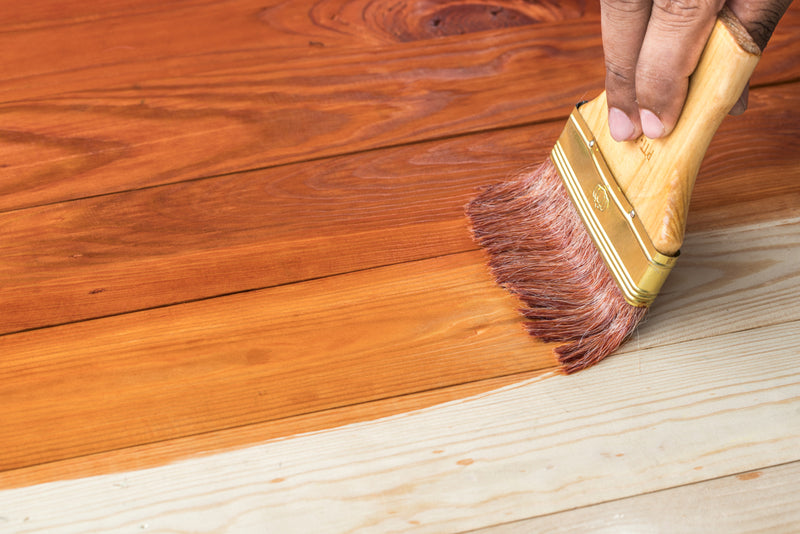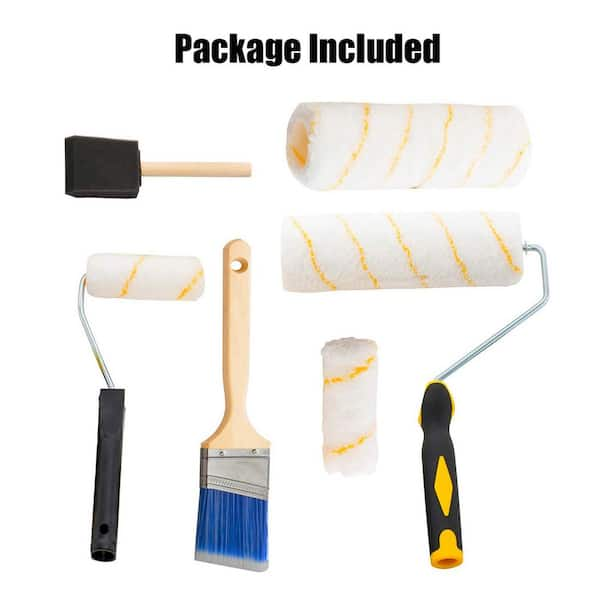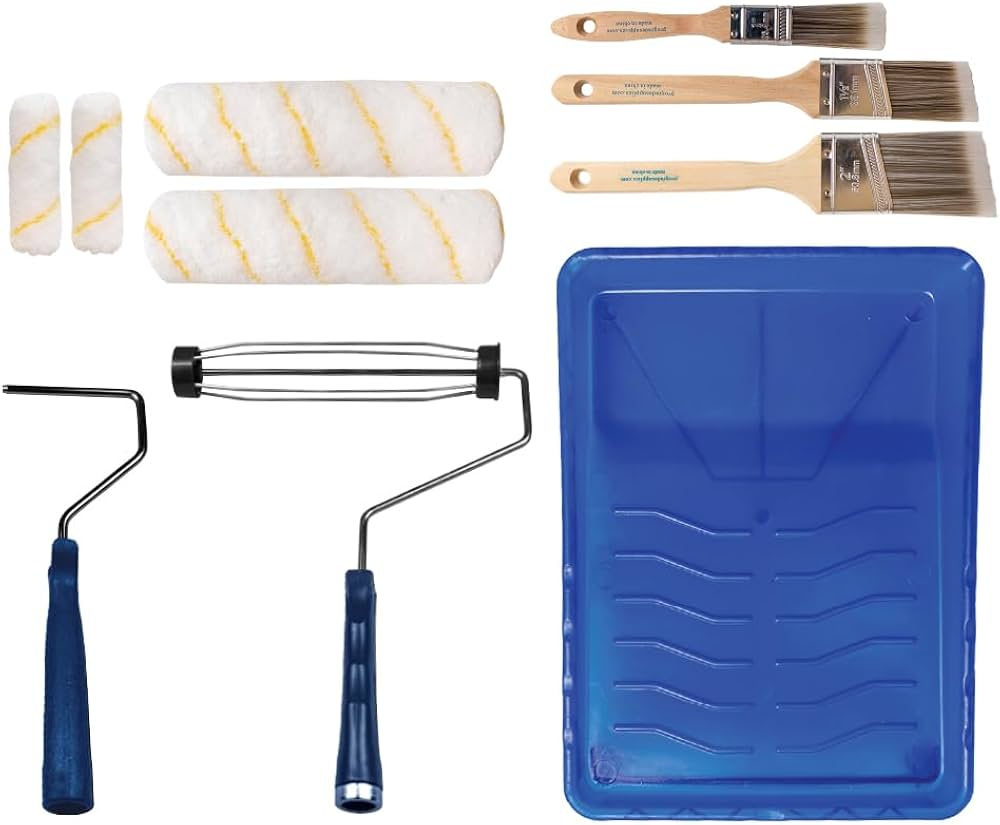
Choosing the Right Paint Brushes
Quality paint brushes make application easier and results better. Learn about natural bristles for oil-based paints and synthetic bristles for water-based formulations. Discover angled brushes for cutting in, flat brushes for broad surfaces, and trim brushes for detail work. Understand brush sizes, proper cleaning and storage in Canadian climates, and when to invest in premium brushes versus disposable options.
Read Full Article